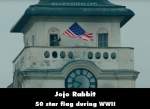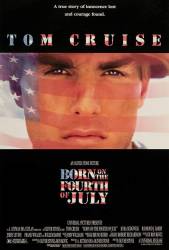
Visible crew/equipment: When the guys walk from the deli, talking about which girl they are taking to the prom, you see a reflection in the cars parked along the side, of a crew member walking with a boom mic.
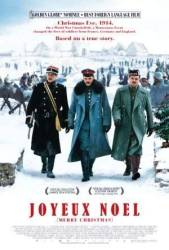
Factual error: A very common error in First World War films. British soldiers were not permitted to shave their upper lips until 1916 - in 1914 almost all (unless physically unable to grow them) would have had moustaches.

Continuity mistake: Near the beginning of the film, Keanu Reeves gives Victoria a fake wedding ring from one of the chocolates. Previously, you can see that he is wearing his real one. When he puts another ring from the chocolate on his own finger, his original one is gone.
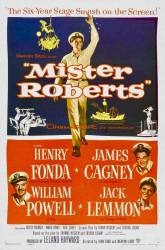
Factual error: When Roberts makes a deal with the Captain, he demands that the Captain grant liberty to both sections (i.e., the entire crew), leaving only Roberts and one enlisted man aboard as the deck watch. All U.S. Navy ships must have enough personnel aboard at all times to get the ship underway immediately, if necessary, which is why the crew is divided into watch sections.

Factual error: M60A3 tanks and AH-1 were no longer in service at the time of the invasion in 2003, replaced by the M1 Abrams. The AH-64 humvees have crew protection that did not exist prior to 2005.

Factual error: The American soldier on the balcony is waving a 50 star flag. (01:30:06)
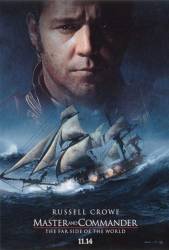
Continuity mistake: The position of the needle and thread lying on Peter's body differ in the wide shot and following close-up. (01:59:10)
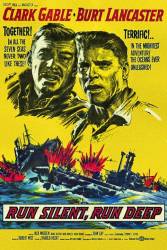
Factual error: The film was released in 1958 but depicts a 1943 World War II mission in the Pacific by a US submarine capatain played by Clark Gable and his first officer played by Burt Lancaster. In two separate scenes the crew listens to a "Tokyo Rose" broadcast on radio and the background music is "Kiss Me Once, Kiss Me Twice, It's Been a Long Long Time" by Sammy Cahn and Jule Styne. The song was not released until September 1945, one month AFTER the end of the war in the Pacific in August 1945. The song was famous for celebrating returning troops and therefore also makes no sense in the context of 1943.
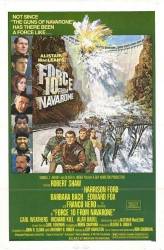
Revealing mistake: In one of the river flooding scenes after the dam bursts, you can see a modern day vehicle (most likely a pickup truck) for a few seconds on a highway next to the river. (01:50:30)

Factual error: An old man appears with children following him. This is supposed to be pedagogue Janusz Korczak. It appeared as if he was just wearing a suit and a Jewish arm band. In the Warsaw Ghetto, Mr. Korczak never wore an arm band and wore his WWI Polish Army Uniform, both as acts of defiance. He was beaten and almost put to death (he had connections) for not wearing an arm band so having one on in the movie is inaccurate.
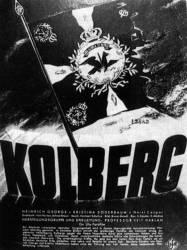
Other mistake: In the opening scene of this German movie from 1944, a panoramic view of the city of Potsdam is shown with the subtitle "Potsdam 1813". In the background, the two high radio masts of the Potsdam Military Communication Central can be seen very clearly before the sky.
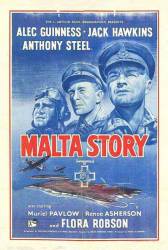
Continuity mistake: There is genuine wartime footage of Spitfires of the the right type for the period, but other scenes have later (maybe even postwar) versions flying about.
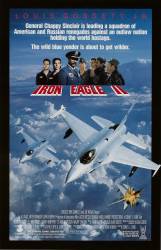
Revealing mistake: Near the end of the film, a B-52 seen flying across the screen. The bracket holding up the model is visible.
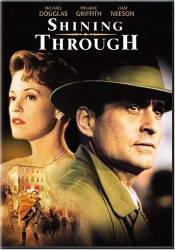
Continuity mistake: Near the end of the movie, when Ed Leland is about to enter the Customs Office, the insignia on his hat is intact, but when he enters it has disappeared.
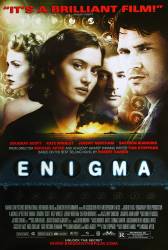
Continuity mistake: After the "car chase" the white car gets put in the barn. When the black car arrives it is covered in mud (so much they have to wipe it off the windscreen) from the dirt track. The white car only has a few specks of dirt.

Factual error: Major Stewart addresses the Indian NCO as "Sergeant Major" and he is so described in the credits. There was no such rank in the British Indian Army. Indian cavalry sergeants were known as Daffadars. More senior Indian cavalry officers held VCO ranks (Jemadar, Risaldar and Risaldar Major) which had no British equivalent. Given the importance of rank and protocol, it is highly unlikely that a British commissioned officer would be unaware of this.
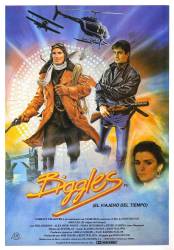
Continuity mistake: The film is supposed to take place in 1917, but several of the german soldiers our heroes encounter are armed with Bergman M18 sub-machineguns which didn't appear until a year later. To make things even worse all the guns comes with a magazine-type that didn't appear until the mid-thirties.
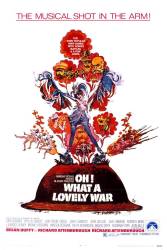
Factual error: At the end of the 'Goodbye' the men all board a train which leaves along a track on a seaside pier. The shot changes from this stylised vision to a shot of an Edwardian Lady alone on a railway platform. In the background is a 1970s, ie. modern, diesel train.

Continuity mistake: Nellie is called into Captain Brackett's office one day. Later, one of the girls asks her "What did the old man want this morning?" However, the scene at night between Billis and Cable shows that a whole day and night must have passed in between these two scenes. Therefore the nurse should have asked "What did the old man want yesterday?"
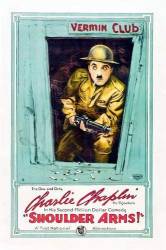
Continuity mistake: Charlie, disguised as a tree, enters a pipe to escape a German. When the German tries to pull Charlie out he separates the lower part of the tree costume along with Charlie's shoes. When Charlie emerges from the other end of the pipe he is still wearing shoes.
